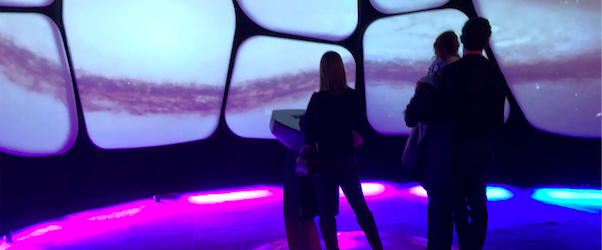While attendance to cultural organizations has been down across the US when compared to pre-pandemic times, the percentage of first-time and non-recent visitors (including those who self-identify as non-white) has increased.
We shared some good news in our last publication: Exhibit-based cultural organizations are generally perceived as more welcoming than they were prior to the pandemic. There’s a long way to go before these organizations are truly perceived as “welcoming to everyone,” but the trend is moving in the right direction. Progress is progress, and any success in elevating welcoming perceptions has not happened on accident for many...Sign in to KYOB+
Not a member yet?
Never miss the latest read on industry data and analysis.






